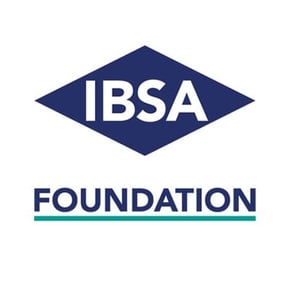Anthropocene. A word that evokes change, crisis, and opportunity.
More than just a scientific phenomenon, it is something that permeates every aspect of our existence: socially, politically and culturally.
It is the age in which boundaries between humankind, nature and technology have become blurred and every choice, not matter how small, has an impact on a global scale. Atmospheric chemist and Nobel Prize winner Paul J. Crutzen coined the term in 2000 to describe the current geological epoch, during which humans have made an indelible mark on ecosystems, climate and biodiversity.
Bearing all of this in mind, il MUSE – Science Museumhas joined forces with IBSA Foundation to take an innovative look at the matter and open up an active debate. A new multidisciplinary research programme has been launched to promote discussions about the eco-cultural transformation that is taking place. As the topic is explored, artistic spheres (such as film, theatre and contemporary art) will be intertwined with scientific research (publications, podcasts, conferences, and more).
The collaboration between IBSA Foundation and MUSE began in 2018 and keeps evolving year after year, with synergy in the partners’ aims and values. The objective is to promote dialogue between art and science, thanks to initiatives that spark debate about the world around us.
Anthropocene Collection and Anthropocene Theatre
Two key parts of the programme have recently come to a close: Anthropocene Collection and Anthropocene Theatre.
Curated by Stefano Cagol, the former used contemporary art to convey the complexity of the current epoch and the urgent issues in the world today: climate, ecology and health. For example, take “Looking through the clouds” (2021) by Giacomo Segantin. Moving at relentless pace, the video collage explores media saturation and our perception of reality by presenting a series of environmental disasters, clips by YouTubers and protests.
Meanwhile the Anthropocene Theatre initiative led by artistic director Andrea Brunello transformed the museum into an experiential space and presented visitors with engaging shows investigating the delicate balance between humankind and nature. For instance, “La notte è il mio giorno preferito” (“The night is my favourite day”, 2024) by Annamaria Ajmone fuses organic and technological elements to create an immersive atmosphere and encourage us to reflect on our impact on the world.
Don’t miss the joint interview 👇
Constant dialogue between art and science
The Anthropocene is a topic that IBSA Foundation and MUSE have been tackling for some time, with a visionary, engaging approach. Back in 2022, the "La Scienza a Regola d'Arte (The Fine Art of Science)"
event saw Stefano Cagol – an artist who embraces activist aesthetics – talking to the new MUSE Director Massimo Bernardi about similarities and differences between art and science when it comes to their take on global challenges.
With his We Are The Flood project, Cagol prompted collective contemplation of climate change, using art to raise awareness and foster active participation. The interdisciplinary platform delved into complex issues connected to ecology, viruses and the climate, in order to make everyone more mindful of how things stand.
The partnership between IBSA Foundation and MUSE is a concrete example of how art and science can come together in tangible experiences that lead to critical thinking and public participation. Exhibitions, events and initiatives are paving the way to better understanding of the world today, greater awareness of contemporary issues, and fresh perspectives.




